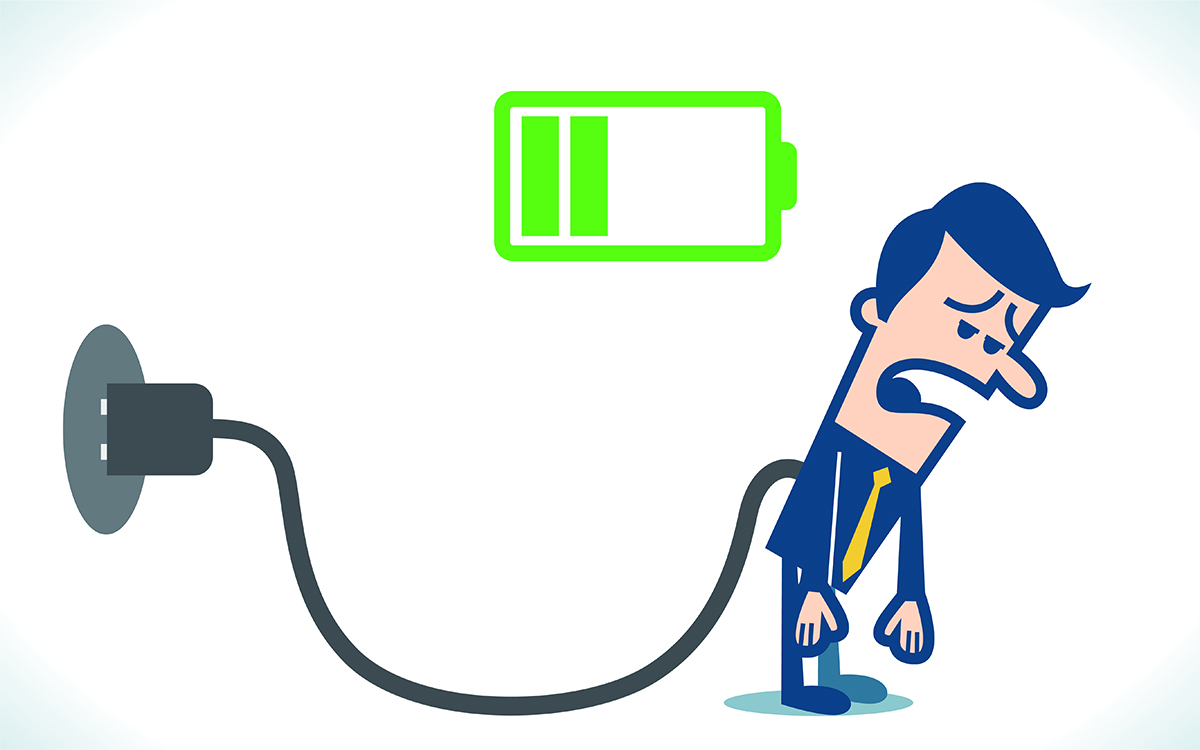An Innovative Way to Increase Work Productivity

Numerous studies have demonstrated the importance of getting the right amount of sleep in order to function at an optimal level. Inadequate amounts of sleep have been associated with a wide range of health disorders. There is no arguing that the negative effects of sleep deprivation on the brain and the body are profound. We are never at our best when tired.
That being said, more emphasis should be placed upon the need for proper sleep habits among working individuals, as this group accounts for approximately half of the population in most countries. Although studies have varied in nature, most of the existing research will agree that the monetary cost to an organization with respect to inadequate sleep among employees is approximately a few thousand dollars per employee per year (Takahashi, 2012). Given that we live in a society where maxing ourselves out each day is glorified, but sleeping is not, something must be done to reduce this problem.
To counter this issue, some businesses have incorporated napping into the work schedules of their employees as they find that this is an innovative, cost-effective and efficient way to increase productivity among employees. Organizations which have implemented napping at work have experienced a decrease in human errors and an increase in productivity (Mishra, 2009). A brief 15-20 minute nap improves a person’s functioning, as indicated by recent neuropsychological research. Napping has been linked to increased alertness, learning, memory and creativity, which, in turn, lead to improving cognitive function. It has also been linked to fewer workplace accidents (Takahashi, 2012). Even a short nap can make a world of difference without interfering with nighttime sleep (Hoffman, 2010).
Unfortunately, a negative stigma exists around the idea of workplace napping, as it is often confounded with dozing off at work and this, as we know, is counterproductive in the workplace. Working while intoxicated is not permitted, and considering the similar effects lack of sleep can have on our mind and body, why do we allow ourselves to work while tired (Takahashi, 2012)? It should be noted that napping is already a part of many different cultures around the world. Businesses in countries like India, Italy, Mexico, Spain, Germany, Japan and Portugal have incorporated nap time into their work schedules (Mishra, 2009).
In recent years, we have seen a ton of focus placed on getting proper nutrition and exercise. While these two elements are essential in terms of maintaining a healthy regime, sleep is probably even higher on the scale. Our culture would benefit from having an open mind toward workplace napping. Let us eliminate the stigma surrounding workplace napping and introduce it to all organizations. The results may surprise you.
Sarah Coutts
References
- Mishra, J. M. (2009, January 1). A Case for Naps in the Workplace. Seidman Business Review, 15(1).
- Takahashi, M. (2012). Prioritizing Sleep for Healthy Work Schedules. Journal of Physiological Anthropology, 31(6).
- Hoffman, J. (2010, August 31). Napping Gets a Nod at the Workplace. Bloomberg Businessweek.
